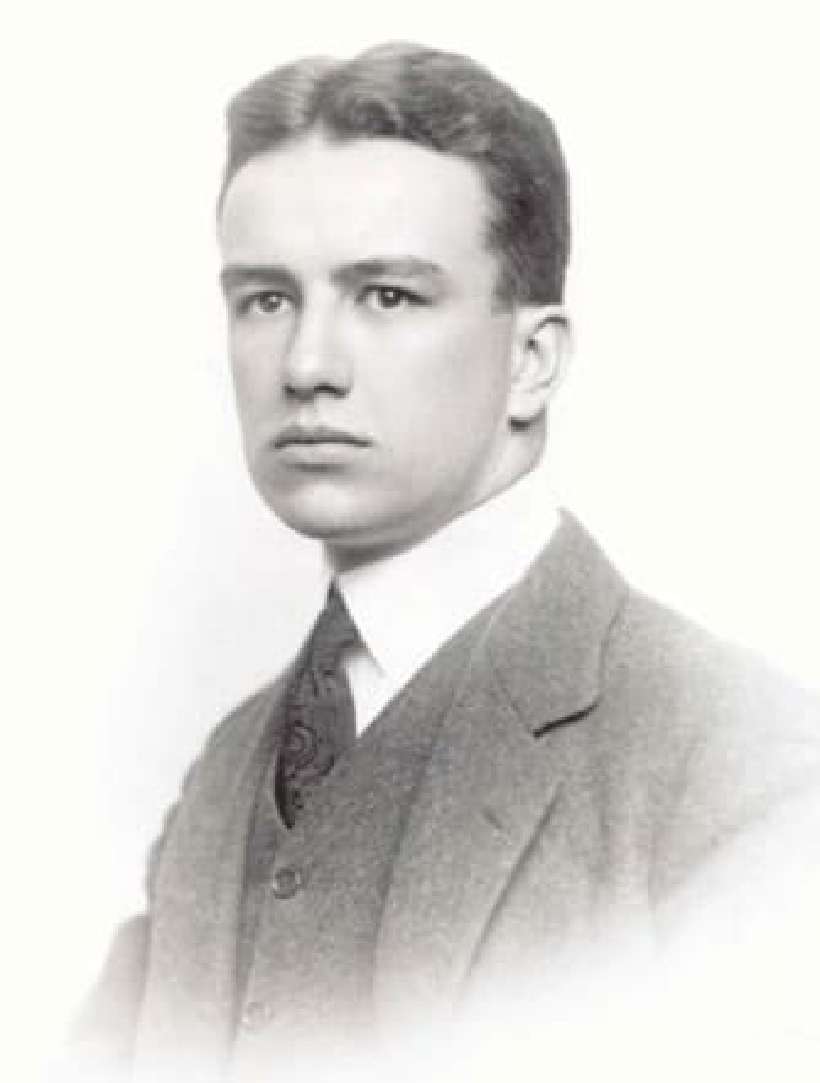Buckminster Fuller: A Scholar, a Scientist and an Inventor
Home / Non Fiction for Kids / Biographies for Kids / Buckminster Fuller: A Scholar, a Scientist and an Inventor
Buckminster Fuller (1895 – 1983):
Imagine if you were a scientist, working in the freezing South Pole. You would be staying in a curious, dome-like structure that must be capable of standing up to strong winds and blizzards. It is likely that you would be staying in a Geodesic dome.
The Geodesic dome is one of the many inventions of Richard Buckminster Fuller. It originated from an elegantly simple idea. Fuller understood that the triangle is an extremely stable shape. So he used a network of triangles to form a large dome that can be made large enough to cover huge distances.
Fuller’s first invention was at the age of 12 years. It was a system to propel a rowboat with the pilot facing the correct way. He went on to use his inventive brain to solve many real world problems.
He published over 30 books, received 28 United States patents, and various honorary doctorates and awards, including the Presidential Medal of Freedom. What made Fuller truly unique was that his inventions were always focused on helping humans.

Fuller was born on July 12, 1895, in Massachusetts, USA. From an early age, he showed remarkable clarity in thought. He would often fight against the geometry he was being taught because he disagreed with the core concepts.
After graduating for Harvard University, Fuller began teaching at Black Mountain College in North Carolina, USA. Along with fellow students and teachers, he invented the Geodesic dome. It was a building that could sustain its own weight with no practical limits. In fact, the US marines even flew several of these domes to areas where they needed to create temporary housing for their soldiers. The domes were sturdy enough to be pulled off the ground by a helicopter, flown thousands of miles, and dropped down where they were needed.
For more than 50 years, Fuller developed many ideas, designs, and inventions. All of them were inspired by a way of thinking called, Dymaxion. It is the idea of doing more with less. His favourite invention was a new version of the older rowboat that he had developed as child. It was named the Rowing Needles and is a beautiful example of dymaxion. It uses two thin hulls, instead of one large one and an elevated seating position. The two hulls are incredibly stable, allow for navigation in shallow waters and require less material. Today, the wonderful water bike, uses exactly the same methods to surf across oceans and creeks using the power of their legs.
The second idea to come from his principles was the Dymaxion house, a further development on the Geodesic dome. It was a way to cover the maximum amount of area with a roof using as less construction as possible. The house was designed to be built in parts, shipped and easily assembled. You could even choose the features you wanted! It is truly remarkable that in 1929, this scientist had a way to house every human in the world.
All his work focused on solving real-world problems, be it housing or education. He was one of the first people to say that human societies would soon rely mainly on renewable sources of energy, such as solar and wind. It is true, that his idea of a three wheeled car, which could also fly was, at best, ahead of its time. The philosophy behind the ideas must be carefully understood.
The philosophy behind the ideas must be carefully understood. Today, progress is understood as a thinner screen on a phone. But does that really help humanity live a better life? The inventions of Buckminster Fuller were designed to benefit humanity as a whole.
Fuller died on July 1, 1983, 11 days before his 88th birthday, of a heart attack. His inventions live on and are currently being used across the world. There are Geodesic domes used by refugees, military personnel, and even tourists. The practical nature of his inventions cut across all other forms of societal barriers and have been undoubtedly useful for everyone.
Born: 12 July 1895, Milton, Massachusetts
Died: 1 July 1983, Los Angeles, California
Education: Harvard College (1914–1917)
Major contribution: Geodesic domes
More about Buckminster Fuller
702 words |
7 minutes
Readability:
Grade 9 (14-15 year old children)
Based on Flesch–Kincaid readability scores
Filed under: biographies
Tags: #biographies of scientists, #architecture, #geodesic dome, #inventor
You may also be interested in these:
Louis Pasteur: The man who discovered vaccination
Maria Curie: The only scientist to win a Nobel prize twice
Galileo Galilei: The Italian who figured that planets revolve around the sun
Nikola Tesla – Unsung Prophet of Electrical Age
Albert Einstein